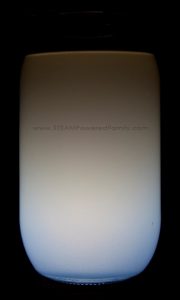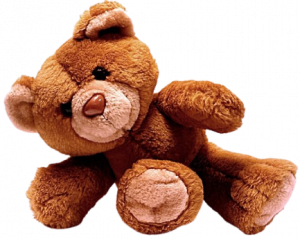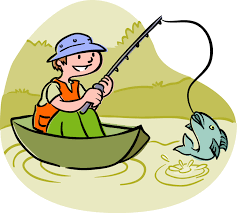Why The Sky Changes Color
 Material
Material
- Smooth sided glass container or cup
- Water
- Milk
- Flashlight
- A dark room
Start by filling your glass container with water, leave some room at the top. Add some milk and mix it in. We did a few different mixes to see how adding more or less milk affected the results. Play with the ratios, that’s the great thing about this experiment, seeing how it changes the results when we change the ratios.
Note: Whole milk works the best.
Now go into your dark room and hold the flashlight under the bottom of the glass.
Sky Colors
You will notice that close to the flashlight beam the liquid takes on a blue hue, but the farther you move through the liquid the more orange it appears. The orange should be especially evident if you look down into the glass while someone holds a flashlight on the bottom.
Play around with the position of the flashlight and how much milk you add to see how it changes the results. We had lots of subtle changes.
Holding the flashlight on the side brings the blues up the side of the glass with the orange on the other side.
Holding the flashlight at an angle at the bottom front creates another pattern, but always blue closest to the light and orange farther away.
This simple experiment demonstrates how particles in the air scatter light resulting in the beautiful colors we see in the sky.

 The math memory works like a regular memory. Players take turns flipping two optional mugs. You should try to find a number that matches the number of pearls. If the mugs you have turned over do not form a pair, you turn the mugs upside down again. If the mugs are turned upside down in a pair, the player may take the mugs and count them as a pair.
The math memory works like a regular memory. Players take turns flipping two optional mugs. You should try to find a number that matches the number of pearls. If the mugs you have turned over do not form a pair, you turn the mugs upside down again. If the mugs are turned upside down in a pair, the player may take the mugs and count them as a pair. Material som behövs
Material som behövs Material:
Material: What you need:
What you need: